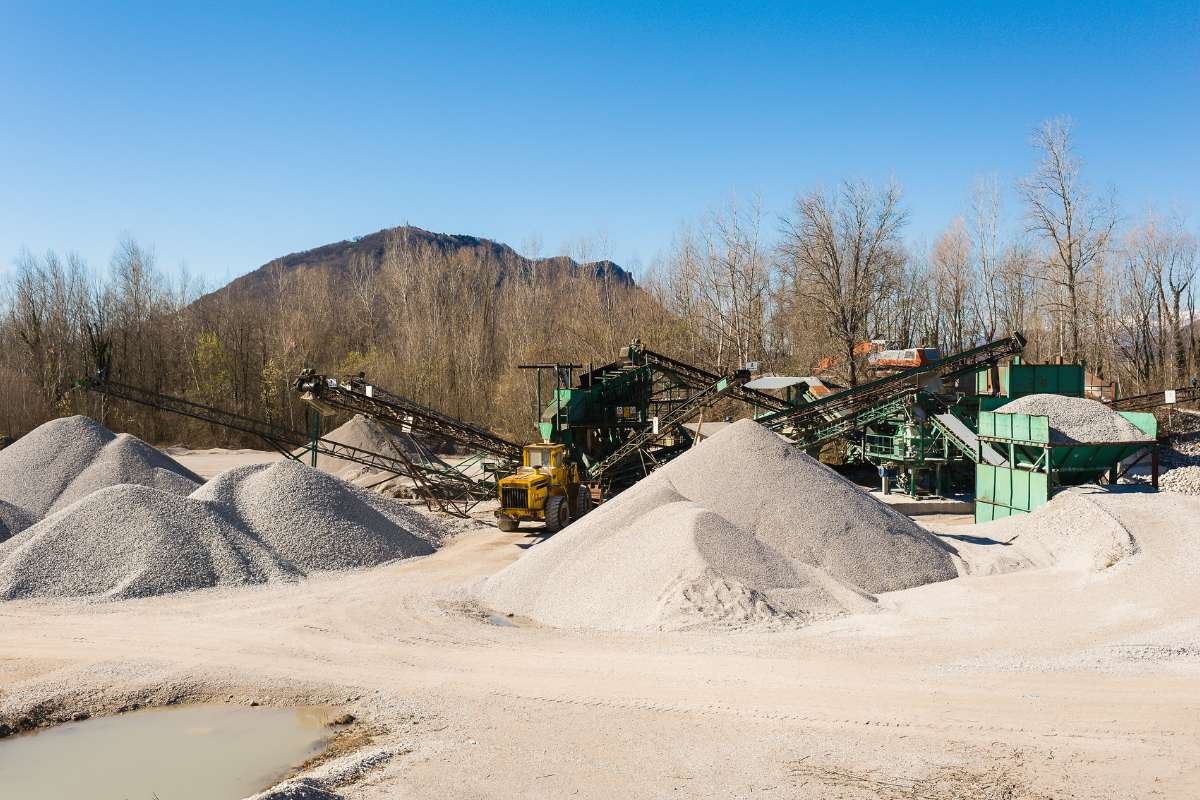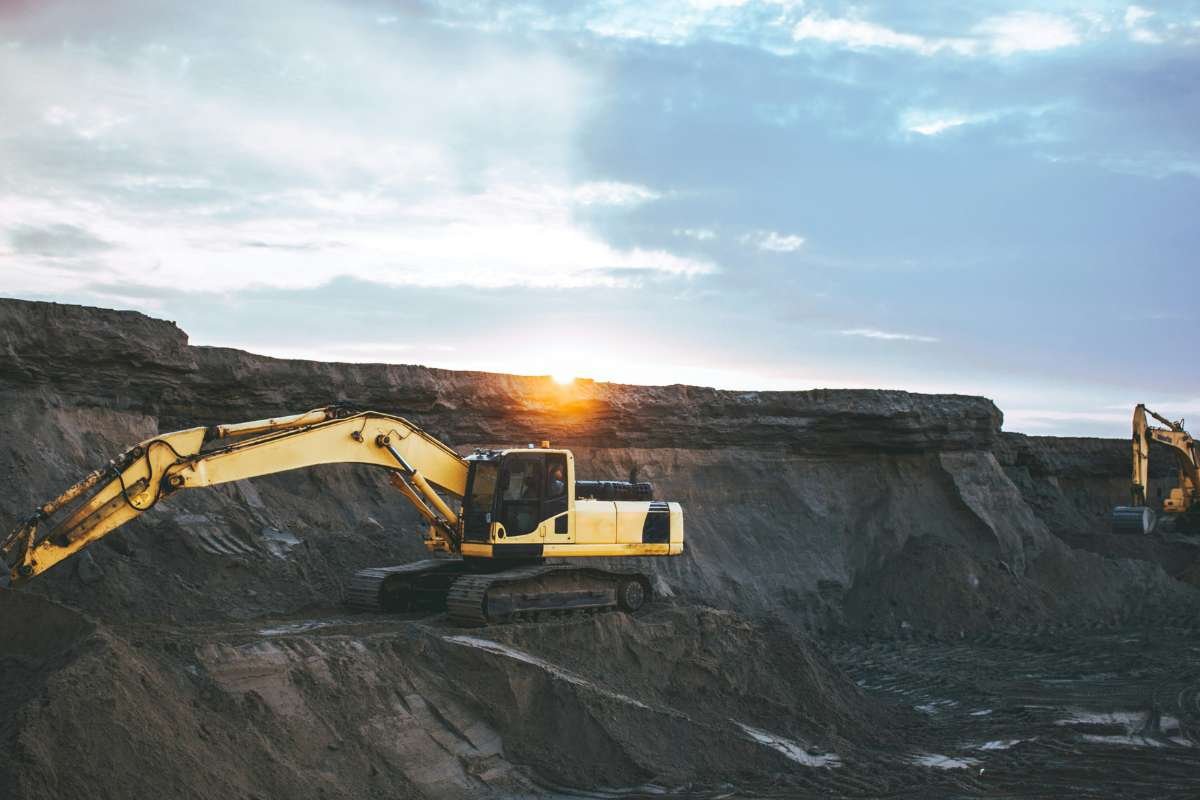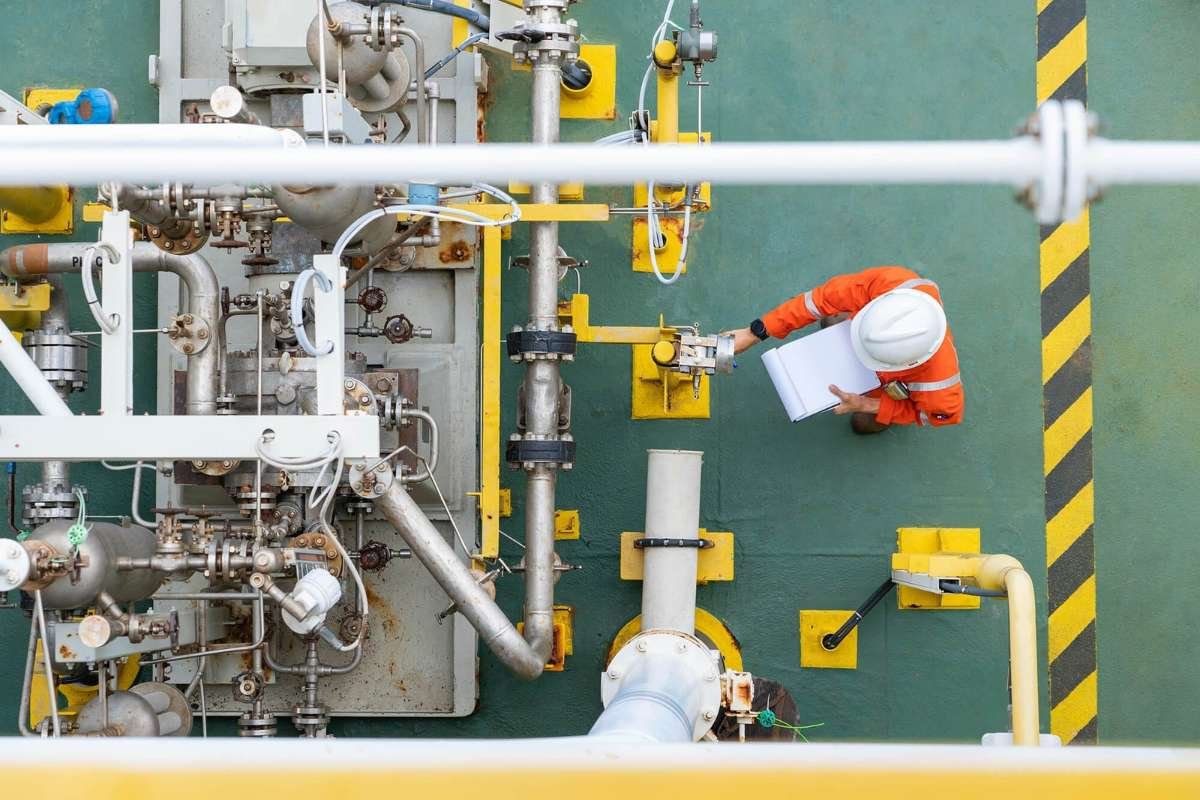Recycling has become a priority for many individuals and businesses as more people now understand its importance for sustainability and environmental health. Among the various materials that can be recycled, iron stands out due to its abundance and essential role in numerous industries.
Yet, despite its prominence, the benefits of recycling iron, along with its ease and critical importance, are often overlooked. Learn why recycling iron, while being straightforward, is also vital for our future and the benefits it can offer.
Here Are the Future and Benefits of Recycling Iron:
1. The Abundance and Reusability of Iron

Iron, along with oxygen, silicon, and aluminum, is one of the most abundant metals on Earth, making up 88.1% of its total mass. Iron forms a fundamental component of a wide range of products, from household appliances to skyscrapers and vehicles. Due to its magnetic properties and structural strength, iron is heavily used in construction, manufacturing, and even in creating everyday items like cans and tools.
The good news is that iron can be recycled indefinitely without losing quality, unlike other materials that degrade over time. This high reusability makes iron recycling a sustainable practice, allowing old iron products to be melted down and repurposed into new items with the same integrity and strength as virgin iron.
2. The Simplified Process of Iron Recycling
The benefits of recycling iron include its straightforward process, primarily due to iron’s magnetic properties, which make it easy to separate from other materials. Once collected, iron is sorted, cleaned, and then melted down in furnaces. The molten iron can be cast into new shapes or formed into new products, reducing the need to extract and process raw iron ore.
This simplicity contrasts with the recycling processes of other materials, such as plastic, which often require complex sorting and treatment. With the proper facilities, iron recycling can be highly efficient and cost-effective, encouraging widespread adoption and implementation.
While iron recycling is relatively easy, collaborating with a reputable integrated scrap metal recycling facility like Canada Iron can make the process more efficient and effective. These facilities offer specialized services that streamline recycling, from collection to sorting, processing, and resale. Their advanced machinery and technology can handle large quantities of scrap metal, ensuring that iron and other metals are recycled to the highest standards.
3. Economic Advantages of Iron Recycling

Recycling iron is beneficial for the environment and offers significant economic advantages. The industry creates jobs by collecting, sorting, and processing recyclable materials. This industry helps to support local economies and provides employment opportunities in various sectors.
Moreover, recycling iron reduces the need to import raw materials, lowering production costs and making products more affordable for consumers. The benefits of recycling iron also include economic advantages for industries that rely on iron as a primary material, such as construction and automotive, where recycled iron can serve as a cost-effective and sustainable alternative to newly mined iron.
4. Energy Savings and Environmental Benefits
Recycling iron significantly reduces energy consumption compared to mining and processing virgin iron ore. Recycling metals uses up to 20 times less energy (about 60-95% less) than extracting them from ores while maintaining their quality. This reduction in energy use translates to fewer carbon emissions, making iron recycling a critical component in the fight against climate change. It also significantly reduces the costs of re-processing these metals into finished products.
Recycling minimizes the environmental degradation caused by mining activities, such as habitat destruction, soil erosion, and water pollution. By recycling iron, we can preserve natural landscapes and reduce our carbon footprint, aligning with global sustainability and environmental preservation goals.
5. Reducing Landfill Waste

One of the most pressing issues in waste management is overfilling landfills. Due to its durability, iron does not break down easily in the environment, meaning that discarded iron products can occupy landfill space for decades if not centuries.
By recycling iron, we can drastically reduce the amount of waste in landfills, freeing up space and reducing the environmental impact of waste disposal. This reduction also mitigates the leaching of harmful substances into the soil and groundwater, protecting ecosystems and public health. Effective iron recycling practices play a crucial role in addressing the global landfill crisis.


















